
Three UW researchers, including MolES faculty member Eleftheria Roumeli, are exploring ways to make electronics more Earth-friendly.

Corie L. Cobb, professor of mechanical engineering and the Washington Research Foundation Innovation Professor in Clean Energy, has been selected as recipient of the prestigious Defense Advanced Research Projects Agency (DARPA) Director's Fellowship Award.
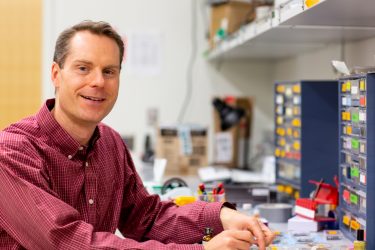
The National Science Foundation has announced it will fund a new endeavor to bring atomic-level precision to the devices and technologies that underpin much of modern life, and will transform fields like information technology in the decades to come. The five-year, $25 million Science and Technology Center grant will found the Center for Integration of Modern Optoelectronic Materials on Demand "” or IMOD "” a collaboration of scientists and engineers at 11 universities led by the University of Washington.

The funding will be used to develop scalable, cell-free platforms that enable the capture and conversion of carbon dioxide into industrial chemicals, providing manufacturers with a cheaper, more efficient and sustainable means of chemical production.
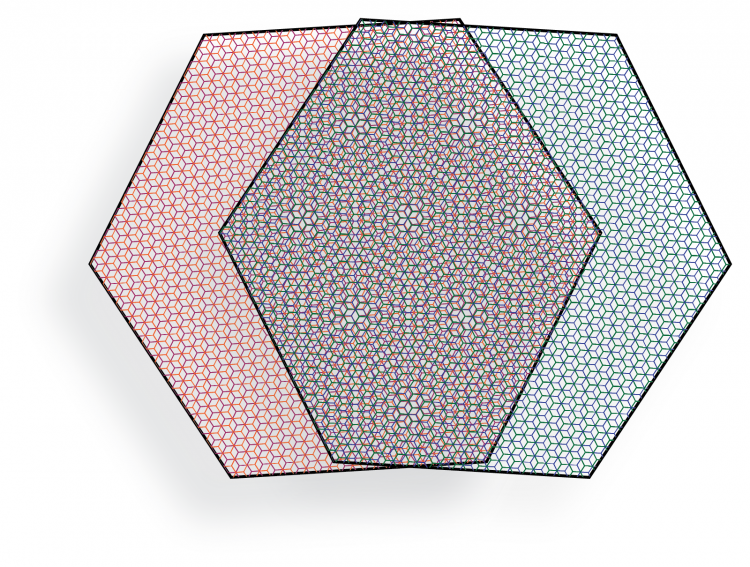
In a paper published Sept. 14 in the journal Nature Physics, a team led by the University of Washington reports that carefully constructed stacks of graphene "” a 2D form of carbon "” can exhibit highly correlated electron properties. The team also found evidence that this type of collective behavior likely relates to the emergence of exotic magnetic states.
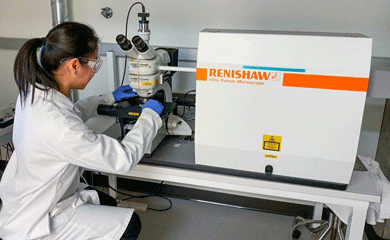
Using advanced instrumentation in the Molecular Analysis Facility, researchers in the lab of MolES faculty member and materials science & engineering professor Christine Luscombe have discovered that Salish Sea oysters may not contain as many microplastic contaminants as previously thought.
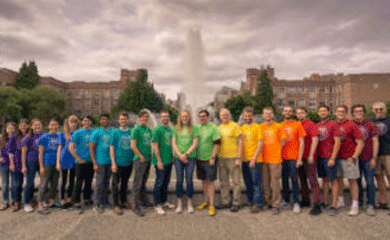
MolE PhD student Ted Cohen shares how molecular engineering has opened new opportunities for collaboration. Cohen is a 4th year molecular engineering Ph.D. student co-advised by Professor of Chemistry Daniel Gamelin and Professors of Materials Science & Engineering Christine Luscombe and Devin Mackenzie.
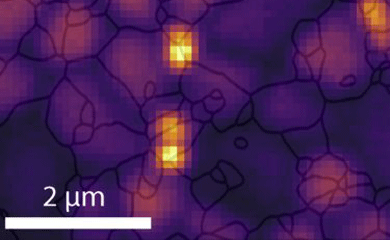
A team led by David Ginger, professor of chemistry and MolES faculty member, has developed a way to map strain in lead halide perovskite solar cells. Their approach shows that misorientation between microscopic perovskite crystals is the primary contributor to the buildup of strain within the solar cell, which creates small-scale defects in the grain structure, interrupts the transport of electrons within the solar cell, and ultimately leads to heat loss through a process known as non-radiative recombination.
Three teams led by University of Washington researchers have received competitive awards totaling more than $2.3 million from the U.S. Department of Energy Solar Energy Technologies Office for projects that will advance research and development in photovoltaic materials, which are an essential component of solar cells and impact the amount of sunlight that is converted into electricity. Two of the UW teams are led by MolES faculty members Scott Dunham, a professor of electrical and computer engineering and Hugh Hillhouse, a professor of chemical engineering.
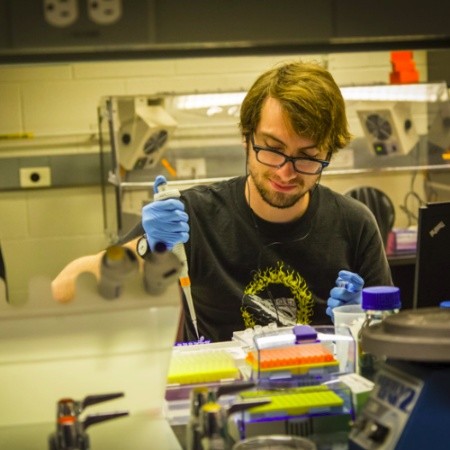
At the intersection of genetic engineering and nanoscience, second-year MolE PhD candidate Tyler (Ty) Jorgenson is developing a set of design rules for devices that join biology with solid-state materials. His research focuses on the self-assembly of solid-binding peptides and their interfaces with single-layer atomic (2D) materials, which he says is particularly promising for bioelectronic devices.